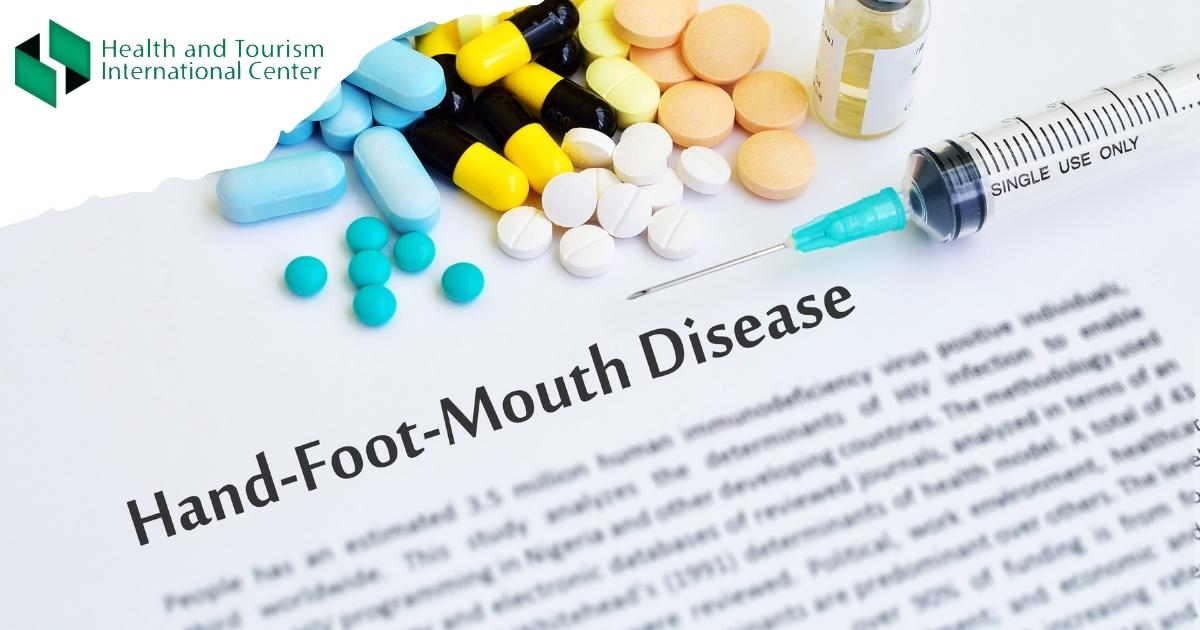What is hand, foot, and mouth disease?
Hand, foot, and mouth disease is a mild, contagious viral infection that is common in children.
The disease is formed due to coxsackievirus.
There is no specific treatment method; Symptoms disappear in 7 to 10 days.
Symptoms include:
- Fever
- Sore throat
- Feeling unwell
- Painful, red, blister-like lesions on the tongue, gums and inside of the cheeks
- A red rash, without itching but sometimes with blistering, on the palms, soles and sometimes the buttocks
- Irritability in infants and toddlers
- Loss of appetite
The most common cause of hand, foot and mouth disease is A16 coxsackievirus, although it can sometimes be found in other types of enteroviruses.
Oral ingestion is the main source of coxsackievirus infection and hand-foot-and-mouth disease.
The illness spreads by person-to-person contact with an infected person's:
- Nasal secretions
- Throat discharge
- Saliva
- Fluid from blisters
- Stool
- Respiratory droplets sprayed into the air after a cough or sneeze Hand, foot and mouth disease is especially common in children under 10 years of age.
Source:
https://www.mayoclinic.org/diseases-conditions/hand-foot-and-mouth-
disease/symptoms-causes/syc-20353035

